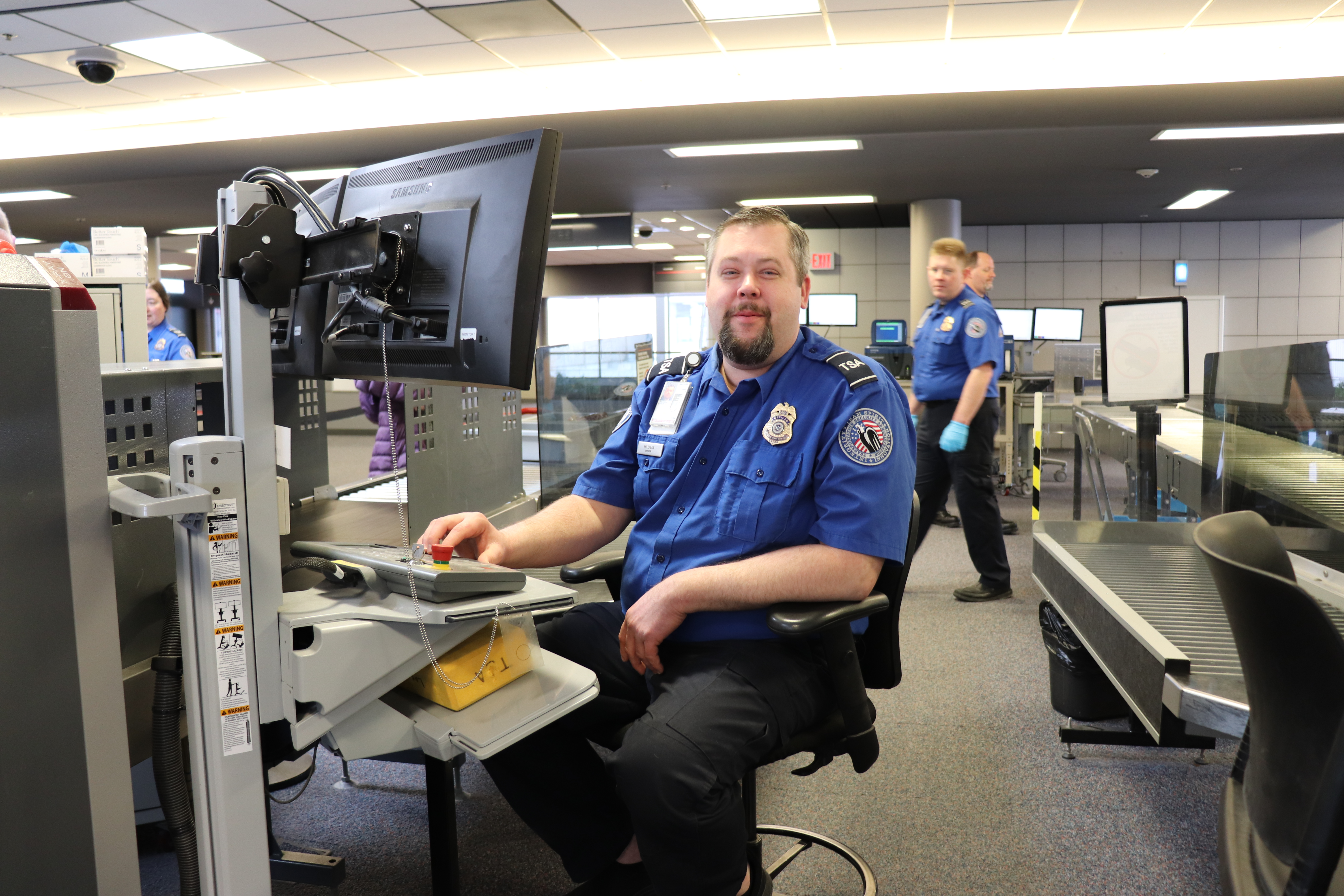 TSO Jason Milligan
TSO Jason Milligan
PITTSBURGH— Officials from the Transportation Security Administration (TSA) will celebrate the 20th anniversary of the federalization of Pittsburgh International Airport (PIT) airport this weekend.
PIT launched under TSA security oversight on Aug. 27, 2002, with a security checkpoint staffed by federal TSA officers 11 months after the terrorist attacks of Sept. 11, 2001.
The Aviation and Transportation Security Act (ATSA) became law in November 2001, establishing the TSA. That fall, TSA consisted of about 100 people working at folding tables in the basement of Department of Transportation headquarters. Today, 20 years later, there are 430 federalized airports and a workforce of about 60,000 employees nationwide. Approximately 300 TSA employees work at Pittsburgh.
From the earliest days of TSA, “our workforce felt a personal connection to 9/11 because United Flight 93, which was hijacked by terrorists 20 years ago, crashed in a field in Shanksville, Pa., which is only about 80 miles from Pittsburgh,” said Karen Keys-Turner, TSA’s Federal Security Director for PIT. “Therefore the federalization of Pittsburgh International Airport held special significance in thwarting possible future terrorist attacks and was extra meaningful to our workforce.”
From the initial federalization as a TSA airport 20 years ago until the present day, the “TSA team here at Pittsburgh has been focused on our mission and we do so in honor of the passengers and crew of United Flight 93,” Keys-Turner said.
In the intervening years since launching, TSA has developed and implemented strong security procedures, built a well-trained and highly skilled professional workforce, and introduced a wide array of state-of-the-art technologies to screen passengers, baggage and cargo.
Guided by an intelligence-based approach, today TSA is at the forefront of security technology and innovation. Technologies such as computed tomography, credential authentication technology and advanced imaging technology have greatly improved TSA’s detection and identity verification capabilities in ways the initial group of TSA employees could have only imagined 20 years ago.
